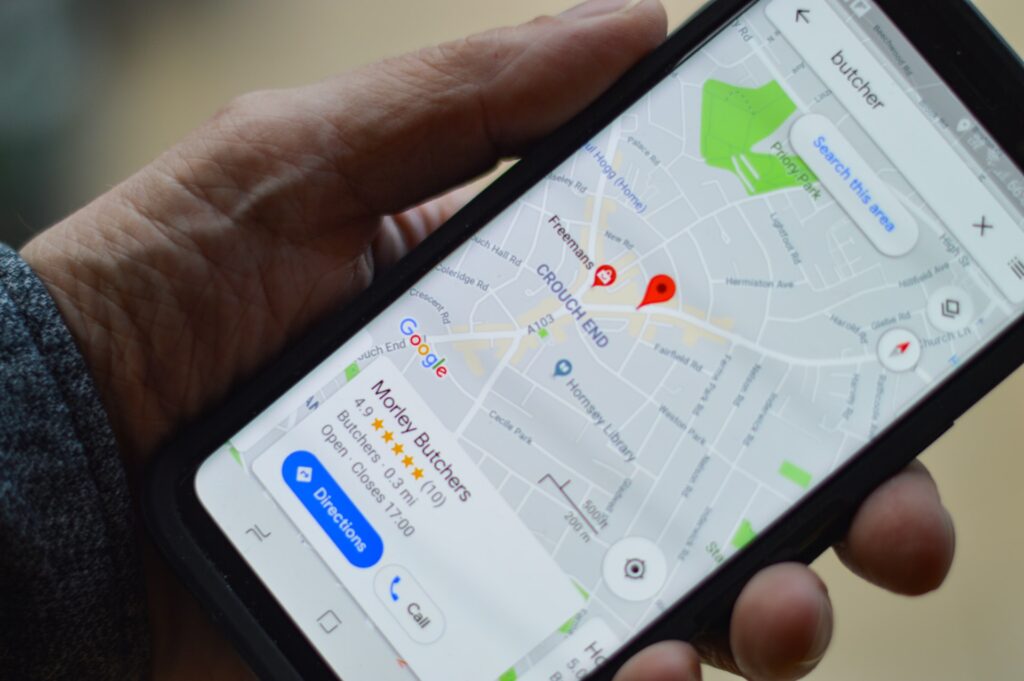Local SEO Audit: 7 Steps to Boost Local Conversions
It’s easy for businesses to know where their customers are and what they need. Unfortunately, these locations are often unknown to the business owners themselves. Businesses can discover these locations by conducting a local SEO audit, which entails understanding and testing the business’s most important factors of relevance, placement, content creation, and local search patterns.
In this article, we will go through a basic local SEO audit procedure and explain how to test the relevancy of your online presence and content.
Step 1. Determine The Most Relevant Locations for Your Business
Think about the most important aspects of your business and its target audience. First, think about which locations are most important to your business and where your audience is coming from. These are the locations you really need to be focused on. If you are a dental practice, for example, and most of your patients come from nearby states but none of them come from Canada, you can remove “Canada” as an important market for you.
Step 2. Determine The Maximum Traffic You Can Expect From Advertisers
This is one of the most crucial steps in the local SEO audit. First, think about your business and how much traffic it can generate. Then, you need to think about how much traffic you are expecting from advertisers.
Note: The reason we want to do this is so that we can really understand what agencies will be able to provide us with if and when we look for an advertising partner.
Step 3. Test Your Location’s Local Search Patterns
There are three main ways you can see what is going on with your potential location’s local search patterns.
a) Google Trends:
This tool is great for searching by search term, time period, and location to see the global popularity of search terms.
As you can see from the above screenshot, “Hip Hop Lessons” has a pretty strong global popularity and also shows a clear increase in searches over time. The next best tool for this type of research is “YouTube Trends”.
Google Trends is great for seeing the popularity of a term, but it is not very good at determining if someone is going to actually be searching for a given term in the future. YouTube Trends, on the other hand, can show how many people are actually searching for a particular video-related keyword so long as it is listed in their database.
b) Bing Trends
This offers similar data to YouTube Trends but has a wider variety of data including additional tools such as search volume, view time, what the number of views is for each video, and the time when it is watched.
Again, you can see that Hip Hop Lessons does have a decent amount of searches but is not highly competitive compared to other terms that were suggested.
c) Bing Webmaster Tools
With this tool, we can view the exact search terms, number of searches, and clicking links that Bing receives for the specific locations you are interested in.
This way we can see the number of searches that people are doing and how many times those users are clicking our links. This data will tell us how much traffic we can get from users who type in your search term to find us on the web.
Step 4. See How Much Local Search Traffic Your Website Is Getting
Next, we need to check the exact number of searches that are being performed for the keywords in your location on a monthly basis. This will tell us exactly how much search traffic we can expect.
If you have a brick and mortar store, this step is easier than if you are an online business. If your business is online, then it’s vital to make sure you conduct this SEO audit thoroughly and take into account all local search engine optimization factors.
Step 5. Review Your Website’s Local SEO Audit
Now that we have the data, we need to make sure that we have a good understanding of its meaning. If you are getting a lot of searches, you should have a number of clicks on the results page and your website should be listed as the top result or very close to it. While other important things also come into play, this is an important indicator of how well your site is represented in local search engines. Now that you have all of the data, you can make adjustments as needed. If your website is not even on the first page, then there is room for improvement. You should also review your software code and make changes as needed to boost these results.
There are a number of important things that come into play with local SEO, such as for example page titles, descriptions, and the content of specific pages on your website. This is all-important, but we will cover that in another article. All of these elements are part of what makes a local SEO audit successful.
Step 6: The Importance of Local SEO
What is most important in local search queries? Using our Hip Hop Dance studio example, we would want to rank for searches such as “hip hop dance lessons” and “looking for hip hop dance lessons”, but the actual city or location does not matter that much. What does matter, though, is the combination of both location and search terms. Again, this is why local SEO audits are so important in understanding how to focus your energy and resources for maximum returns.
Step 7: Using Google’s Keyword Planner Tool
Another important aspect of doing an effective local search engine optimization audit is determining which keywords you should be targeting with your content marketing tactics. In this regard, it can be helpful to look at Google’s Keyword Planner tool. The tool allows you to create multiple ad groups and your campaign manager can set up various types of bidding campaigns and even monitor their performance. Once you’re satisfied, you can export the data from the Keyword Planner as a CSV.
A basic list of keywords (with associated volumes) related to your local search optimization audits would look something like this:
Don’t sweat about being too quantitative about creating an ideal keyword list for your local marketing campaign, though.
Please note that creating a keyword list like the one above can become overwhelming in terms of research if you’re not careful. I often spend hours looking at keyword volume and keying in new potentials before I reach a point where I feel ready to create my keyword list.
It’s best to use tools such as Ahrefs.com or SEOprofiler.com to research keywords before putting them into Google’s Keyword Planner tool.
Are you looking to improve your local SEO with SEA?
At SEA, we don’t only help businesses with their SEO. We also help them build a strong online presence using social media, email marketing, and more. If you’re looking to get ahead of the competition, then there’s no better way to do it than with our local SEO services. With our guidance, you’ll be able to get in touch with the right local businesses and make sure that you’re getting ahead of the competition.
Call us at (704) 856-9058 or fill out our quick form to get started! to speak to an SEO expert about your website.



